Disclosure: This article contains affiliate links. We may earn a commission from purchases at no extra cost to you, which helps our travel content.
When my buying team needed someone to scout potential textile suppliers in western India, I practically jumped through the ceiling volunteering. While Mumbai gets all the fashion spotlight, Pune—just a few hours away—has been on my travel radar for its historical significance and emerging design scene. Most travelers rush through Pune en route to somewhere else, but this vibrant city deserves your undivided attention, especially if you're into peeling back layers of history while hunting for unique textiles and design inspiration. With just a weekend to spare between supplier meetings, I mapped out an adventure through Pune's most impressive historical sites—ancient forts that have witnessed centuries of Maratha glory, colonial-era architecture, and hidden cultural gems that showcase incredible craftsmanship. The best part? You can explore all this remarkable history without dropping serious cash. Let me walk you through how to make the most of a weekend in Pune during winter (trust me, it's the perfect season) while keeping your wallet happy.
Shaniwar Wada: The Heart of Maratha Power
My first morning in Pune began with what I now consider the essential starting point for any historical exploration of the city: Shaniwar Wada. This massive fortification in the heart of Pune isn't just another tourist stop—it's basically the epicenter of Maratha Empire history.
Built in 1732 as the seat of the Peshwa rulers, walking through the imposing Delhi Gate (the fortress's only remaining original entrance) felt like stepping through a time portal. The massive wooden doors studded with metal spikes—designed to prevent elephant charges during sieges—show the incredible attention to defensive details. Pro tip: get here right when they open at 8am to avoid both crowds and the midday heat.
What struck me most was the incredible juxtaposition of grandeur and loss. While the original seven-story palace was destroyed in a mysterious fire in 1828, the remaining foundations, fountains, and fortification walls speak volumes about the architectural vision. The intricate water systems and acoustic engineering were centuries ahead of their time.
I spent about two hours exploring the grounds, imagining how the elaborate palace must have looked in its prime. The foundations reveal an enormous footprint, and the remaining stone work showcases incredible craftsmanship. The elaborate fountain system (Hazari Karanje or 'Fountain of a Thousand Jets') was designed to create rainbow effects when operational—an early example of engineering meeting aesthetic design.
Don't miss the chance to join one of the hourly guided tours (₹200 extra, but absolutely worth it). My guide Prakash shared fascinating stories about the secret escape tunnels, court intrigues, and the alleged haunting of the fort by the murdered Peshwa Narayana Rao—whose screams are said to be heard on full moon nights.

💡 Pro Tips
- Visit early morning (8-10am) to avoid crowds and harsh midday sun
- Wear comfortable walking shoes as the grounds are extensive and uneven
- Bring a compact binoculars to appreciate distant architectural details
Sinhagad Fort: A Climb Through History
After spending my first day exploring the city center, I decided to venture further out on day two. When my hotel receptionist suggested Sinhagad Fort, I initially hesitated—I'm typically more drawn to boutique discoveries than major tourist attractions. But sometimes the popular spots earn their reputation, and Sinhagad absolutely delivers.
Located about 25 km southwest of Pune, this mountaintop fortress sits dramatically atop a 700-meter-high cliff. The name literally translates to 'Lion's Fort,' and once you make the climb, you understand why—it commands the landscape like a regal predator overlooking its domain.
I recommend arranging a morning taxi (about ₹800-1000 round trip with waiting time) to beat both the crowds and the heat. The drive itself offers spectacular scenery as you wind through the Western Ghats. My driver Amit pointed out several endemic bird species along the route that I would have completely missed otherwise.
You have two options to reach the fort: a challenging 2-hour trek up ancient stone steps or a winding road that takes you most of the way up. Being pressed for time, I chose the road option and still had a 20-minute hike to the main entrance—enough to appreciate the strategic positioning without consuming my entire day.
What makes Sinhagad special isn't just the impressive military engineering but the palpable sense of history. This is where the legendary Maratha warrior Tanaji Malusare lost his life recapturing the fort from Mughal control in 1670, inspiring the famous quote from Shivaji: 'We gained the fort, but lost the lion.'
The panoramic views from the top are absolutely breathtaking—you can see clear across the valley to other distant forts that once formed a communication network. I spent hours exploring the ruins of temples, storage chambers, and military quarters while imagining the fort in its prime. Make sure your hiking shoes are broken in before attempting this—the uneven terrain demands proper footwear.
A highlight of the visit was sampling the famous 'zunka bhakar' (spiced chickpea flour with millet bread) and buttermilk at one of the small vendors near the fort entrance. These women have been serving traditional Maharashtrian food to visitors for generations, and the authentic flavors perfectly complemented the historical experience.

💡 Pro Tips
- Start early to avoid afternoon heat and crowds
- Carry at least 1.5 liters of water per person
- Wear a hat and sunscreen—there's minimal shade at the summit
Aga Khan Palace: Where History Meets Craftsmanship
As someone who spends their professional life evaluating craftsmanship and design, the Aga Khan Palace was an absolute revelation. Built in 1892 by Sultan Muhammed Shah Aga Khan III as a relief measure during a devastating famine, this palace combines Italian architectural influences with intricate Indian detailing in a way that speaks directly to my appreciation for cross-cultural design excellence.
The palace gained its historical significance during India's independence movement when it served as a prison for Mahatma Gandhi, his wife Kasturba, his secretary Mahadev Desai, and other freedom fighters from 1942-1944. Both Kasturba Gandhi and Mahadev Desai passed away during their imprisonment here, and their samadhis (memorials) are located on the peaceful grounds.
What struck me most was the incredible juxtaposition of opulent architecture and austere history. The building itself features soaring ceilings, graceful arches, and intricate latticework that would feel at home in a luxury design magazine. Yet within these beautiful spaces, Gandhi and his companions lived under detention, focusing on simple living and high thinking.
The palace now houses an excellent museum with a moving collection of Gandhi's personal items—his simple charkha (spinning wheel), writing implements, and correspondence. The photo gallery chronicles key moments from the independence movement, providing essential context for international visitors.
As a textile enthusiast, I was particularly drawn to the khadi (handspun, handwoven cloth) exhibition that demonstrates the techniques Gandhi championed as part of the swadeshi movement promoting Indian self-sufficiency. The museum shop offers authentic khadi products made by local artisans continuing this tradition—I picked up several unique fabric samples that will definitely inspire my next buying season.
The palace grounds are equally impressive, with 19 acres of meticulously maintained Italian-style gardens providing a peaceful retreat from Pune's urban energy. I spent an hour just wandering among the ancient trees and reflecting pools, capturing detail shots of architectural elements with my smartphone camera lens kit that lets me get those perfect close-ups of design details without carrying my heavy DSLR everywhere.
Allocate at least 2-3 hours for your visit—the combination of architectural beauty, historical significance, and peaceful surroundings deserves unhurried appreciation.
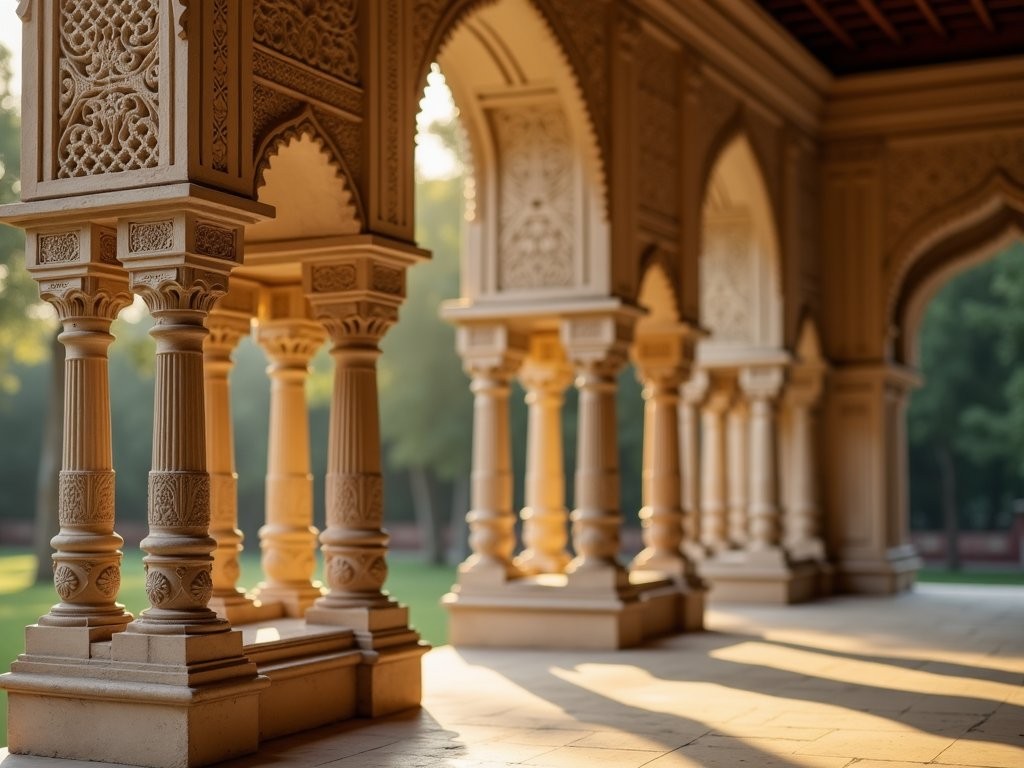
💡 Pro Tips
- Visit on weekdays to avoid weekend crowds
- Photography is allowed in most areas except certain parts of the museum
- The gardens are particularly beautiful in early morning light
Pataleshwar Cave Temple: Underground Marvel
Sometimes the most profound historical experiences come in the most unexpected packages. Tucked away in the bustling Shivajinagar area, surrounded by modern buildings and constant traffic, the Pataleshwar Cave Temple is easy to miss—but absolutely worth seeking out.
Carved from a single massive rock in the 8th century during the Rashtrakuta period, this underground Shiva temple predates most of Pune's other historical attractions by centuries. What makes it extraordinary is the contrast between its ancient, meditative interior and the contemporary chaos just steps away.
Descending into the cave feels like entering another dimension. The temperature drops immediately, and the traffic noise fades to a distant hum. The main chamber features a simple yet powerful Shivalinga (symbolic representation of Lord Shiva), while massive stone pillars carved from the living rock support the ceiling. The craftsmanship is astonishing when you consider the technological limitations of the period—each element was carved without modern tools, using only manual techniques that required incredible precision.
I was fortunate to visit during a quiet weekday morning when a small group of devotees was performing a traditional puja (worship ritual). The flickering oil lamps, incense, and ancient Sanskrit chants created an atmosphere that felt unchanged across centuries. Even as someone not practicing Hinduism, I found the experience deeply moving.
What fascinated me most as someone with an eye for design was how the temple's creators worked with—rather than against—the natural properties of the rock. The pillars aren't perfectly symmetrical; they follow the natural grain and structure of the stone. There's a powerful lesson here for contemporary designers about honoring materials rather than forcing them into unnatural forms.
The temple complex also features a massive monolithic Nandi (bull deity) carved from black basalt stone. Unlike the more ornate Nandi sculptures I've seen elsewhere in India, this one has a powerful simplicity that feels more ancient and primal.
I recommend visiting with a local guide who can explain the iconography and historical context. I connected with Suchitra through my hotel's concierge—her archaeology background provided insights I would have completely missed otherwise. The entire visit takes only about an hour, but it's an hour that will significantly deepen your understanding of Pune's ancient roots.
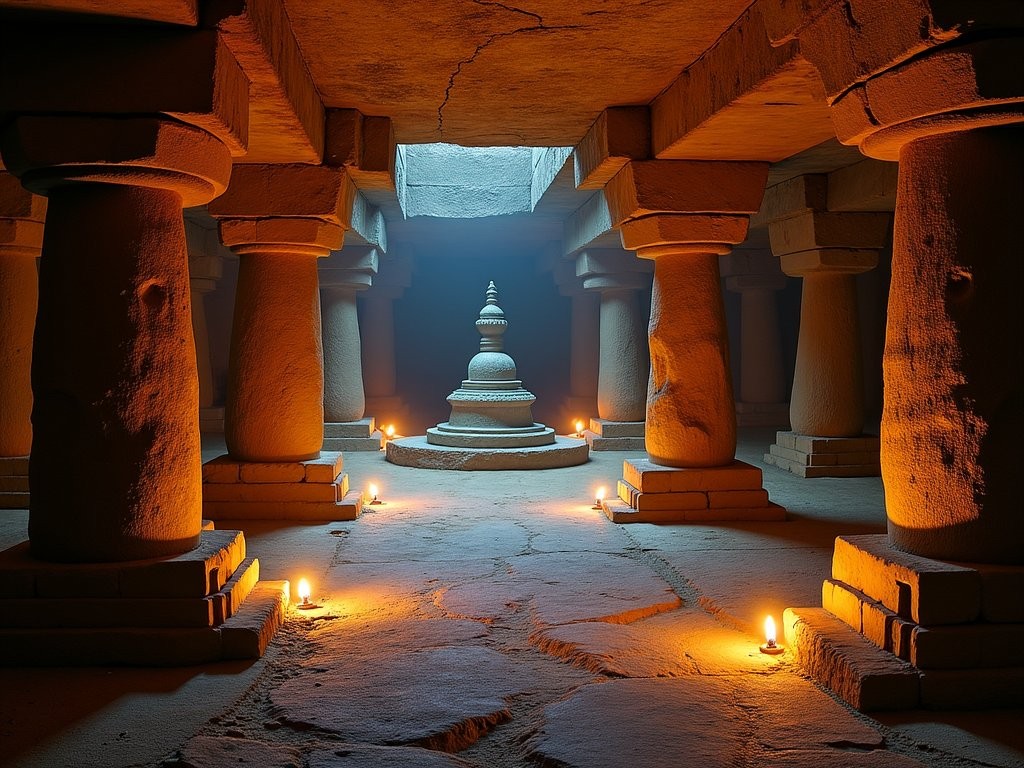
💡 Pro Tips
- Remove shoes before entering (bring socks if the stone floor is too cold)
- Visit during morning hours when the natural light illuminates the cave interior best
- Respect ongoing worship activities and ask permission before taking photos inside
Tulsi Baug & Laxmi Road: Where History Meets Retail
No trip to Pune would be complete without experiencing the vibrant commercial heart of the city—especially for someone like me who lives and breathes retail. Tulsi Baug and the adjacent Laxmi Road represent Pune's oldest and most dynamic shopping districts, where centuries of trading tradition blend with contemporary commerce.
As a retail buyer, I'm always fascinated by authentic local marketplaces—they reveal so much more about a culture's aesthetic preferences, consumer behaviors, and merchandising traditions than any corporate retail environment ever could. Tulsi Baug doesn't disappoint.
This labyrinthine market dates back to the Peshwa era and is centered around the historic Tulsi Baug Ganpati Temple. The market evolved organically around this spiritual anchor point, creating a unique shopping environment where commerce and devotion coexist. Before diving into the shopping, I recommend visiting the temple itself—a beautifully preserved 18th-century structure with intricate woodwork that offers a moment of tranquility before the sensory overload of the market.
The market itself is a masterclass in space utilization. Hundreds of shops are packed into narrow lanes, each specializing in specific categories: traditional Maharashtrian jewelry, copper and brassware, handcrafted textiles, wedding supplies, and household items. Unlike the curated, Instagram-ready boutiques I typically evaluate for work, this is retail in its most authentic form—competitive, dynamic, and unapologetically commercial.
What impressed me most was the merchandise knowledge of the shopkeepers. When I showed interest in a particular style of traditional Maharashtrian jewelry called thushi (a choker-style necklace), the elderly shopkeeper delivered an impromptu lecture on regional variations, historical significance, and craftsmanship indicators that would rival any luxury brand training I've attended.
For textile enthusiasts, the fabric shops along Laxmi Road are a particular highlight. The selection of Paithani silk saris—with their distinctive peacock motifs and oblique square designs—offers a glimpse into Maharashtra's weaving heritage. Even if you're not shopping for saris, the visual display of these textiles creates a museum-like experience for design appreciation.
Food is another highlight of the Tulsi Baug experience. The market houses some of Pune's oldest chaat (savory snack) vendors and sweet shops. I became slightly addicted to mastani—Pune's signature thick milkshake topped with fresh fruit, dried fruits, and ice cream—from Sujata Mastani, a local institution since 1966.
Navigating these crowded markets requires comfortable footwear and a strategic approach. I wore my trusty slip-on sneakers that provide enough support for hours of walking while being easy to slip on and off when entering temples. Come with cash in small denominations, a reusable shopping bag, and your best negotiation skills—bargaining is expected and part of the experience.
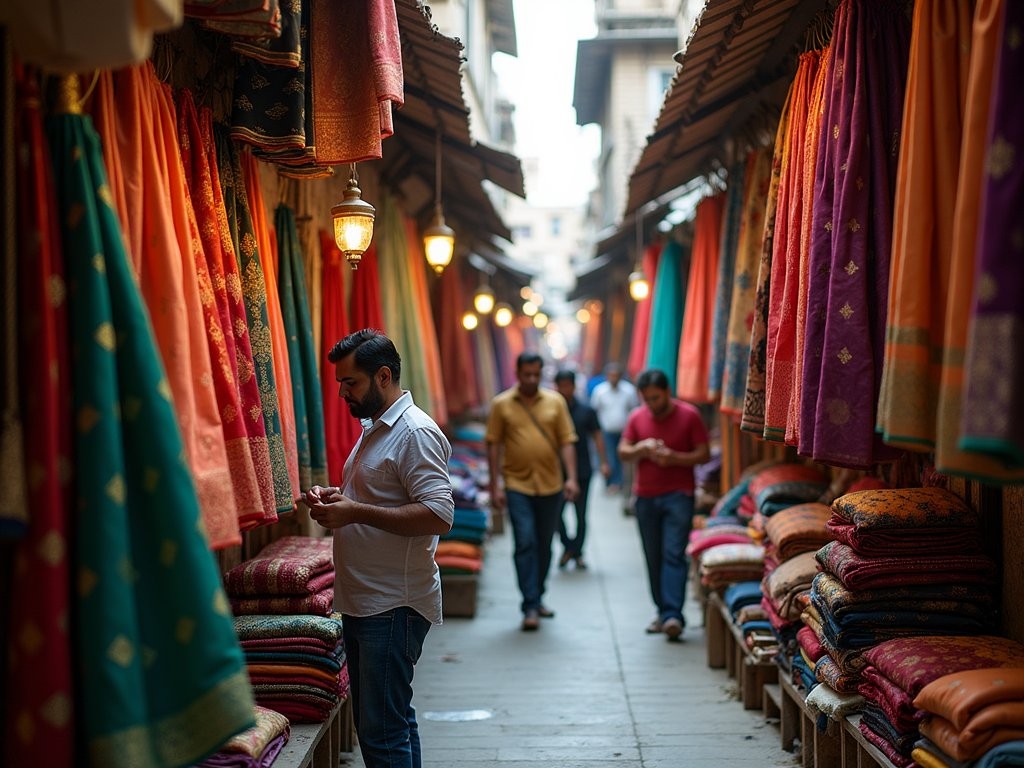
💡 Pro Tips
- Visit on weekday mornings for a less crowded experience
- Carry small denominations of cash as many smaller vendors don't accept cards
- Take a business card from your hotel to show auto-rickshaw drivers for the return journey
Final Thoughts
As my weekend in Pune came to a close, I found myself already planning a return trip. What makes this city special isn't just its impressive collection of historical sites but how seamlessly the past flows into the present. From the ancient engineering of Sinhagad Fort to the centuries-old retail traditions of Tulsi Baug, Pune offers a rare opportunity to experience living history rather than just viewing it behind museum glass.
For travelers seeking authentic cultural experiences without breaking the bank, Pune delivers exceptional value. The minimal entrance fees, affordable local cuisine, and excellent public transportation make this an ideal destination for budget-conscious history enthusiasts. Winter's mild temperatures create perfect conditions for exploring the outdoor fortifications and wandering through the old city districts.
Whether you're a history buff, design enthusiast, or simply someone who appreciates experiencing a city beyond its tourist facade, Pune's historical treasures will reward your curiosity. Pack light, bring comfortable shoes, and prepare to walk in the footsteps of empires.
✨ Key Takeaways
- Pune's historical sites offer exceptional value for budget travelers with most attractions costing under ₹500
- Winter (November-February) provides ideal weather conditions for exploring outdoor fortifications
- The city's markets offer insights into craft traditions that have influenced global design for centuries
- Allow time for spontaneous discoveries—some of Pune's most interesting historical sites are hidden in plain sight
📋 Practical Information
Best Time to Visit
November to February (winter)
Budget Estimate
₹3,000-5,000 per day including accommodations, food, transportation and entrance fees
Recommended Duration
2-3 days minimum
Difficulty Level
Easy

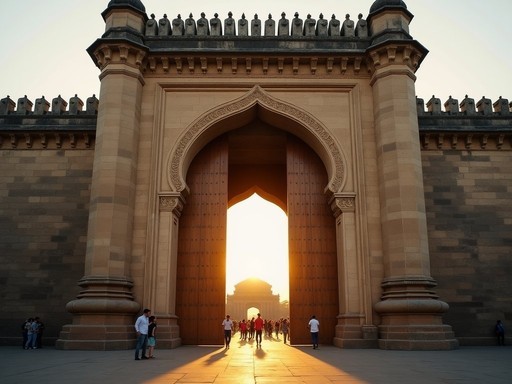
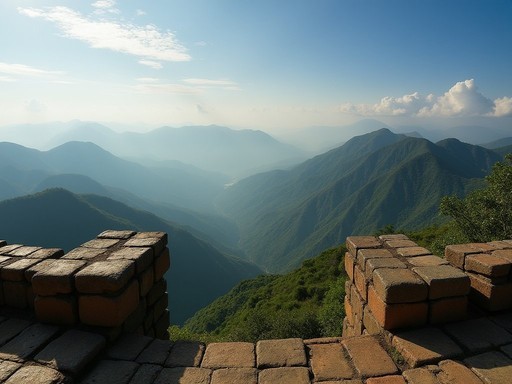
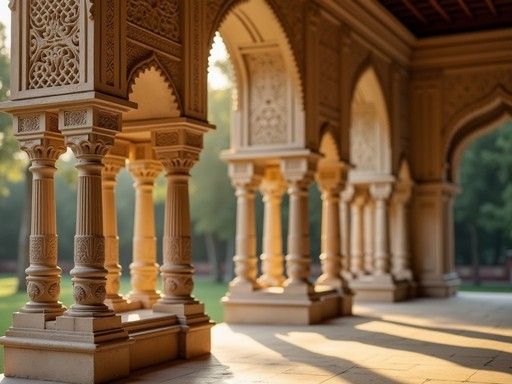
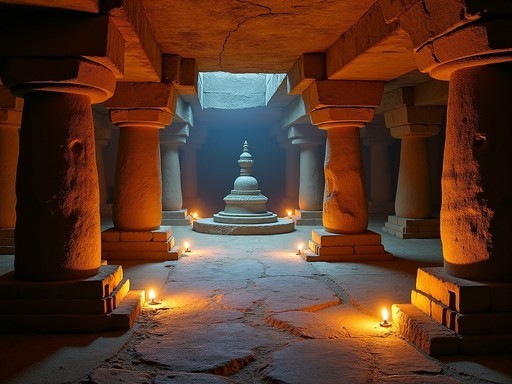



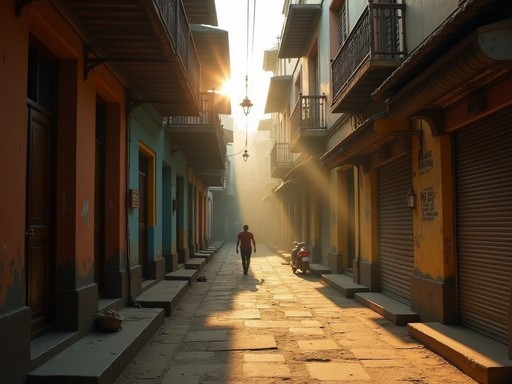






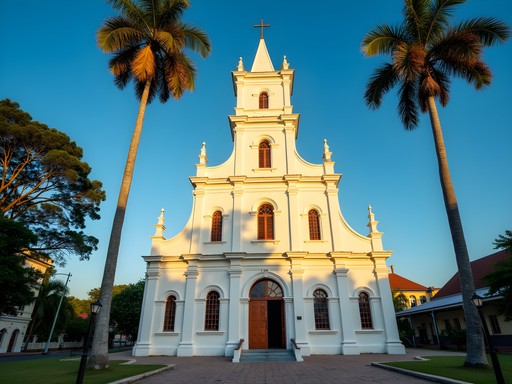
Comments
tripnomad
Thanks for highlighting these lesser-known sites! I always thought of Pune as just a business city, but now I'm excited to explore its historical side.
explorediver
What's the best time of day to visit Shaniwar Wada for photos?
Nicole Russell
Early morning (right when they open) is magical! The light is soft and there are way fewer tourists. I got there at 8:30am and had some areas completely to myself for photos. Sunset is beautiful too but much more crowded.
dreamking
Pune has been on my list forever! Saving this post for later!
globebackpacker
I visited Pataleshwar Cave Temple last year and was blown away by how cool it was inside, even on a hot day! Definitely worth the visit.
wanderlustdiver
Just booked my tickets to Pune after reading this! Can't wait to explore these historical gems. How's the public transportation between these sites?
tripnomad
I was there in September! Uber works great in the city, but for Sinhagad you'll want to hire a driver for the day. We paid about 1500 rupees for a full day with a local driver who knew all the best photo spots.
wanderlustdiver
That's super helpful, thanks! Did you use any particular app to find your driver?
tripnomad
Our hotel arranged it, but I saw many people using the GetYourGuide app to book local guides and drivers too!
beachguy
Those sunset photos from Sinhagad Fort are AMAZING! Adding this to my bucket list right now!
Sophia Gomez
Jose, I can totally relate to mixing business with exploration! I was in Pune last year for a conference and also managed to squeeze in visits to Shaniwar Wada and Aga Khan Palace. What struck me was how the textile traditions you mentioned are still visible throughout these historical sites. The craftsmanship in the wooden structures at Shaniwar Wada reminded me why this region is so important for design inspiration. Did you get a chance to visit any of the local textile workshops? I found an amazing small-batch printer near Koregaon Park that showed me traditional block printing techniques.
adventuremaster
Great post! How difficult was the climb to Sinhagad Fort? I'm planning to visit next month but traveling with my parents who aren't super athletic.
Jose McDonald
Thanks for asking! There are actually two ways up - the challenging trek path (about 2 hours) or you can drive most of the way up and just walk the final portion. For your parents, I'd definitely recommend driving up. The views are spectacular either way!
adventuremaster
Perfect, that's exactly what I needed to know. Thanks!
Taylor Moreau
Excellent coverage of Pune's historical treasures, Jose. As someone who's visited for business regularly, I can attest that Pune offers much more than its industrial reputation suggests. One tip for business travelers with limited time: the Aga Khan Palace can be visited in about 90 minutes and is closer to the city center than the forts. I always recommend my travel journal for these trips - perfect for quick sketches of architectural details you'll find throughout these sites. The textile traditions you mentioned are indeed remarkable - did you manage to visit any of the workshops in the old city area?
Jose McDonald
Thanks Taylor! Yes, I visited several workshops in the old city - fascinating craftsmanship. Great tip about the Aga Khan Palace for time-limited travelers. The gardens alone are worth the visit.
blueguy
Those night photos of Shaniwar Wada are incredible! Is the light show every night? Going to Pune in October and definitely want to catch this!
Jose McDonald
Thanks! The light and sound show runs every evening except Mondays. Try to arrive 30 minutes early to get good seats - it gets crowded!
blueguy
Perfect! Adding this to my itinerary right now. So excited!
Venture X
Premium card with 2X miles, $300 travel credit, Priority Pass